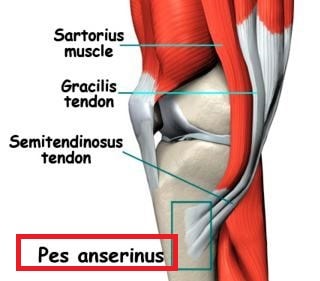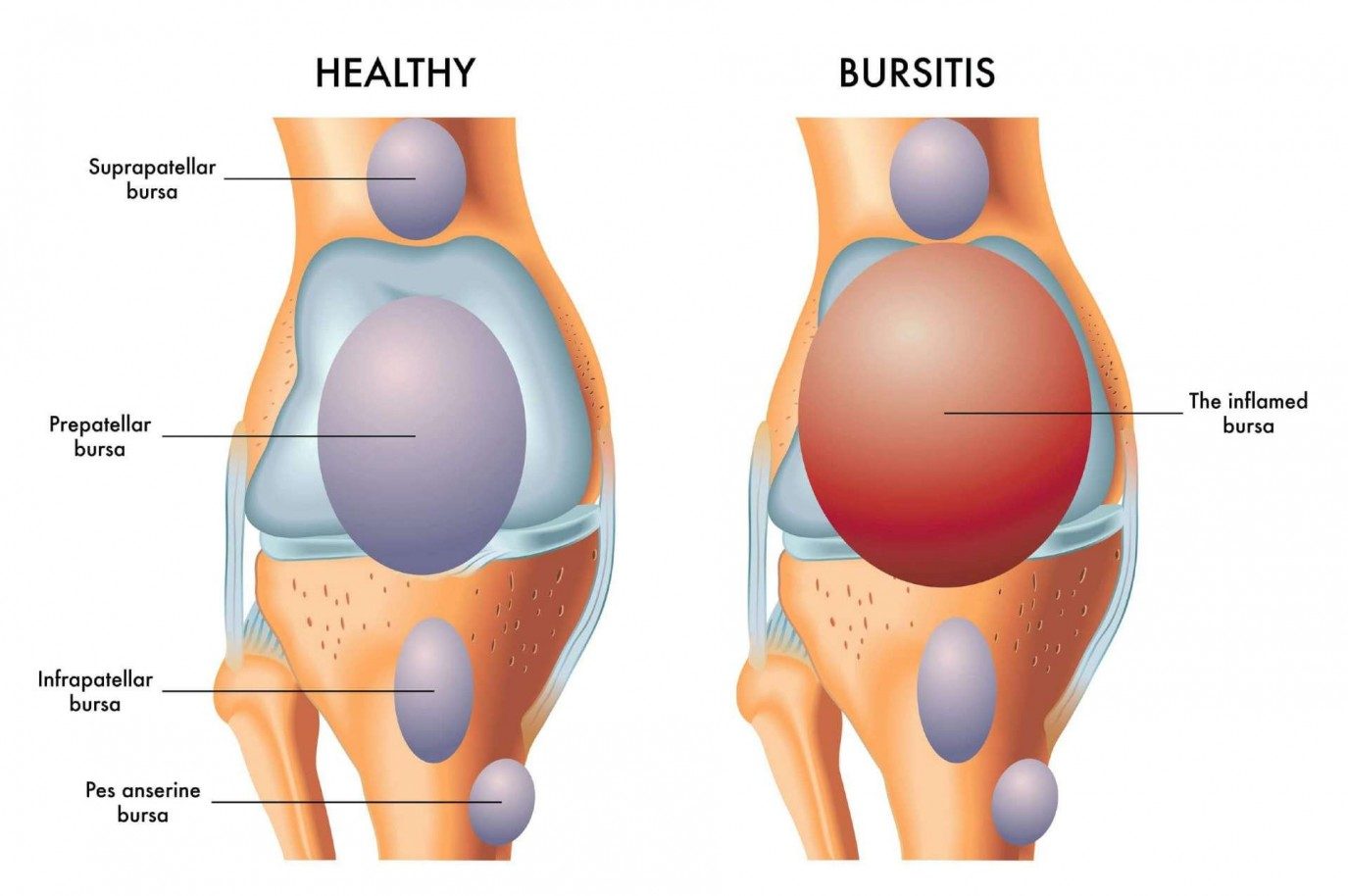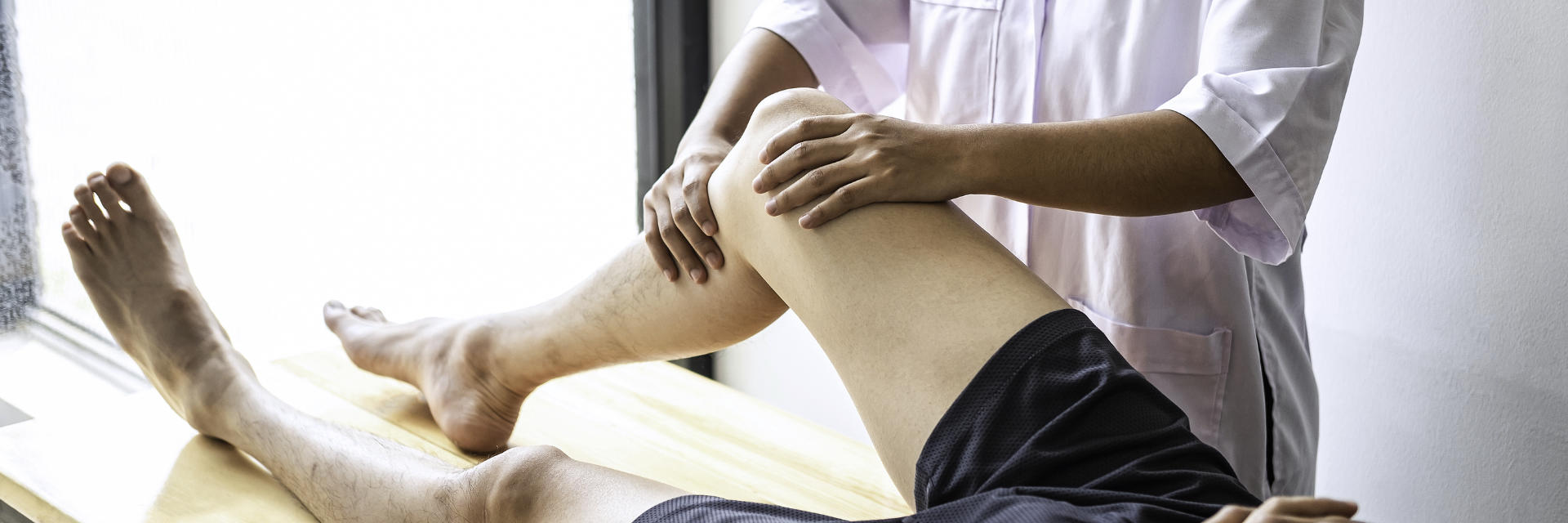

Ice: Apply ice to the area, crushed and in a bag, covered with a towel, for 15 minutes at a time, several times a day.Such activities might include climbing stairs or playing sports. Rest: Reduce activities that aggravate the condition.Rehabilitation would include keeping the knee immobilized for 1-2 weeks post-surgery, followed by a gradual return to activity, and the treatments listed below. If surgery is necessary, it will be to remove the bursa and any bony spur present. Surgery is rarely needed for this condition as most cases resolve with time and non-operative treatment.

If infection is suspected, synovial fluid from the bursa may be removed for testing. MRI scans are used to look at the soft tissues of the knee. The tightness of your hamstrings will be assessed.Īn x-ray image will be taken to rule out a bone fracture, as the symptoms caused by a fracture can be very similar to those caused by pes anserine bursitis. Palpation (touch) of the area will help to pinpoint the exact location of the pain. Your doctor will make a diagnosis based on your medical history, current symptoms and a physical examination of the knee.

It is thought that the wider female pelvis, the angle of the legs at the knees, and extra body weight, all of which increase stress on the knee joint, might be responsible.ĭirect trauma to the inner knee can cause the synovial lining of the bursa to produce more fluid, leading to inflammation and pain. Women, especially if they are middle-aged and obese, can develop pes anserine bursitis. Pes anserine bursitis can also be found in conjunction with other knee conditions and injuries, such as a meniscal tear or Osgood-Schlatter disease. People with flat feet, knock-knees or certain other anatomical conditions that might increase stress on the tendon at that point are also vulnerable. It is thought that up to 75% of people with degenerative knee joint disease have symptoms. Older patients who already suffer from osteoarthritis are at increased risk. Athletes, particularly runners, are prone to this condition although any sport that requires side-to-side movement, such as basketball, soccer and racket sports, can trigger bursitis as well. Tight hamstring muscles are the predominant cause of pes anserine bursitis. When constant friction irritates the bursa, the synovium produces more fluid, causing swelling and pain.

Between these structures and the tibia is a bursa, a potential space lined with a synovial membrane that secretes lubricating and nourishing synovial fluid. The medial collateral ligament (MCL) also has its tibial insertion at this point, and lies just deep to the pes anserinus. The tendon has its insertion into the tibia (shinbone) about an inch or two below the knee joint, on the inner (medial) side of the knee. The tendons from three hamstring muscles in the thigh, the sartorius, gracilis and semitendinosus, conjoin to form the pes anserinus (Latin for ‘goosefoot’ due to the tendons webbed shape). Pes anserine bursitis is the medical term for inflammation of the pes anserine bursa in the knee. Untitled Pes Anserine Bursitis Definition: You are here: Home > Pain & Injury Center > Knee Injuries > Pes Anserine Bursitis


 0 kommentar(er)
0 kommentar(er)
